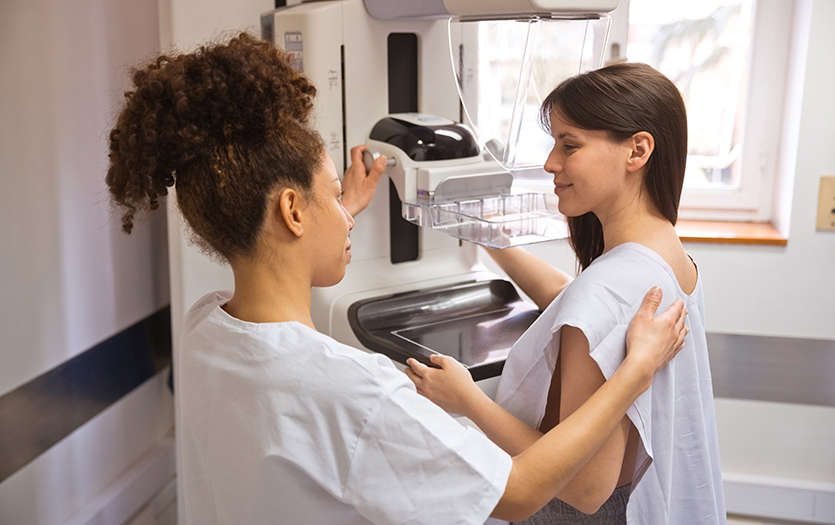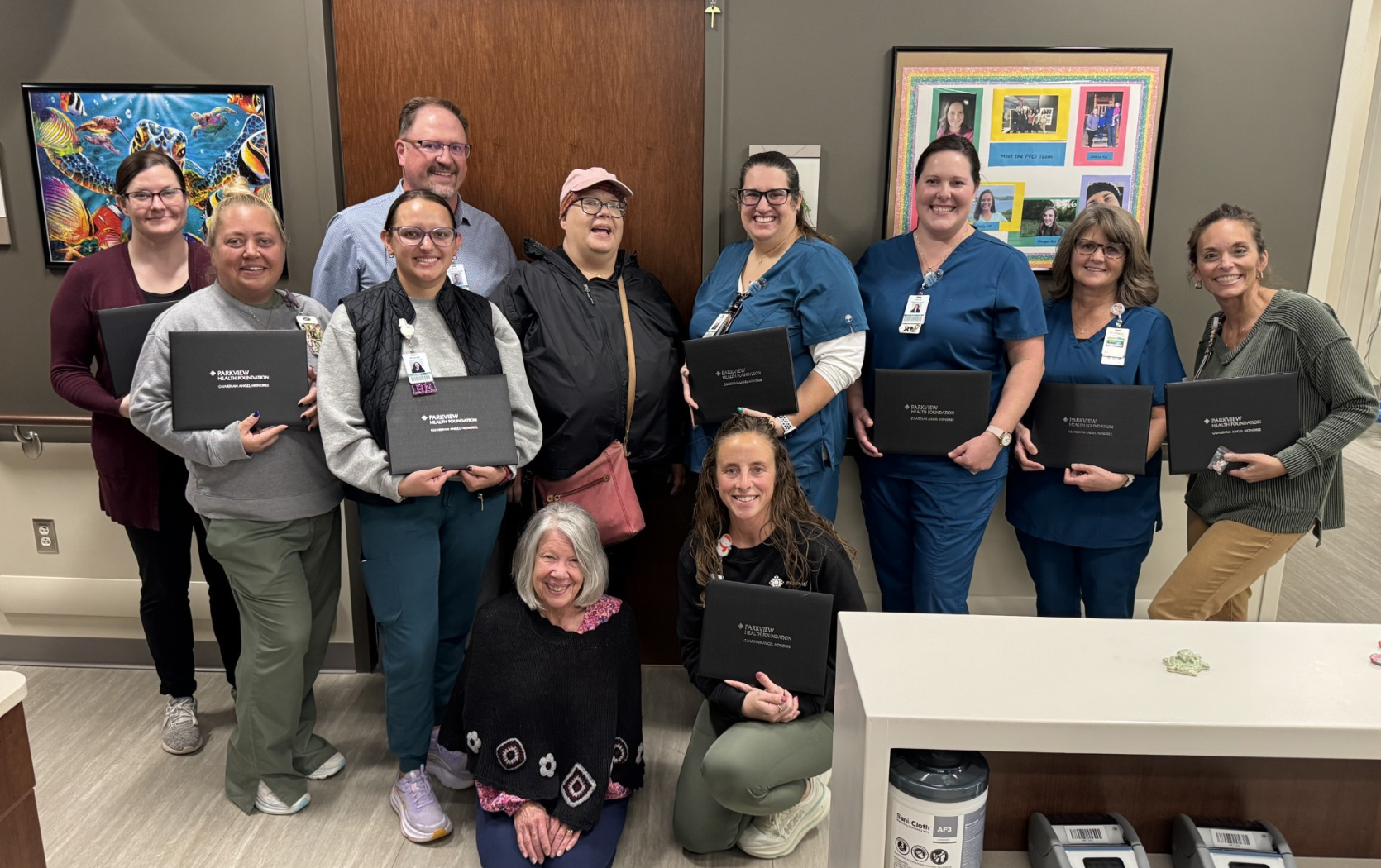
Patricia Clark, MD, Breast Surgeon, Parkview Packnett Family Cancer Institute, Breast Care Team.
At Parkview Packnett Family Cancer Institute, we believe in treating not only the disease but the whole person. This is especially important when addressing the impact of breast cancer surgery on a woman’s appearance and well-being. That’s why our team is proud to offer oncoplastic surgery, a revolutionary approach that merges cancer surgery with plastic surgery techniques to restore natural breast shape and reduce visible scarring and other effects that can follow traditional procedures.
Traditional breast cancer surgery and its challenges
Historically, breast cancer surgery focused on removing the tumor with minimal cosmetic consideration. For instance, during my training two decades ago, we would perform lumpectomies by creating an incision over the tumor, removing the cancerous mass, and closing up the skin. Though effective for cancer removal, these procedures often left patients with dimpling or an uneven breast shape, especially after radiation therapy. Tumors in the lower part of the breast were particularly problematic, sometimes resulting in the nipple pulling downward due to lack of tissue support, or shifting the areola toward the arm.
In the 1990s, European surgeons began to address these cosmetic impacts by adapting techniques from plastic surgery, like breast lifts and reductions, to preserve the breast’s natural look. This movement eventually became known as oncoplastic surgery, combining “onco” (cancer) with “plastic” (reconstruction).
When Is oncoplastic surgery needed?
Oncoplastic surgery is typically considered after a lumpectomy, depending on the size and location of the tumor and the amount of tissue that needs to be removed. For example, a small tumor in a large breast may not require extensive reconstruction, while a larger tumor in a smaller breast may call for additional surgical techniques to restore symmetry and shape.
Techniques in oncoplastic surgery
There are two primary approaches:
• Volume Displacement: Commonly used, this method involves rearranging tissue within the breast to fill any voids left after tumor removal.
• Volume Replacement: Less common in the U.S. but gaining popularity, this approach involves moving tissue from another part of the body to fill the defect.
For some cases, local flaps may be used to fill in missing tissue with skin and tissue from the underarm, resulting in minimal scarring on the breast itself. For patients with larger tumors or tumors in specific areas, a breast lift or reduction may be beneficial. This way, the cancer is removed, and the breast is reshaped, often leaving the patient with a result that boosts both confidence and comfort.
A collaborative approach at Parkview
Parkview’s breast surgeons work alongside our skilled plastic surgeons to provide comprehensive, customized care. Our plastic surgery team offers expertise in a range of oncoplastic techniques, allowing us to perform dual surgeries, removing the cancer, reshaping the breast, and even matching the opposite breast for symmetry—all in one outpatient procedure. This collaboration is a major advantage for our patients, ensuring optimal cosmetic outcomes with minimal surgeries and recovery time.
Personalized care from diagnosis through recovery
One of the biggest strengths of our program is the care and attention given to each patient’s specific needs. From cancer removal to breast reshaping, every step is carefully planned to maximize results. This approach allows us to preserve the breast while reducing long-term complications, and for many women, avoiding mastectomy means fewer side effects and an improved quality of life.
Most patients will find that oncoplastic surgery offers less disruption in recovery, with minimal scarring, no drains, and the ability to resume normal activities within weeks. Recovery times vary based on the level of intervention, but overall, our patients experience faster healing and enhanced outcomes. Advanced tools, like contrast mammography, are also available at Parkview to monitor healing and ensure peace of mind.
Why choose Parkview for oncoplastic surgery?
Parkview Packnett Family Cancer Institute is at the forefront of oncoplastic surgery, offering patients advanced, coordinated care. With access to imaging, surgical support, and post-operative care all under one roof, our patients receive seamless, compassionate, and expert support as they navigate a challenging time. We’re committed to delivering the best in modern cancer care and empowering patients to move forward with health, confidence, and support.
At Parkview, we know that breast cancer treatment is about much more than just fighting cancer—it’s about restoring lives.



